The haunting melodies of the oud have echoed through the courts and bazaars of the Islamic world for over a millennium. This pear-shaped, short-necked lute holds a special place in Arab musical tradition, not just as an instrument but as a cultural icon. Its influence, however, extends far beyond the Middle East – the oud is widely recognized as the direct ancestor of the European lute, an instrument that would dominate Western art music for centuries.
To understand the oud's journey westward, we must first appreciate its deep roots in Arab culture. Known as the "sultan of instruments" in Arabic musical treatises, the oud's name derives from the Arabic word for "wood." Early descriptions appear in the works of 9th-century Islamic scholars like Al-Kindi and Al-Farabi, who detailed its tuning and playing techniques. The instrument's distinctive sound – warm, resonant, and capable of remarkable nuance – made it central to both courtly entertainment and Sufi spiritual practices.
The transformation from oud to lute began during the cultural exchanges of medieval Spain. When the Moors established Al-Andalus in the 8th century, they brought their musical traditions north across the Mediterranean. European musicians encountered the oud through this contact, fascinated by its complex sound and technical possibilities. The crucial adaptation came when European luthiers added frets to the oud's neck – an innovation that allowed for precise pitch control suited to Western polyphonic music.
By the Renaissance, the lute had become Europe's premier solo instrument. Its repertoire expanded dramatically, from intricate pavanes to elaborate song accompaniments. Yet the instrument's lineage remained evident in its construction: the rounded back, the pegbox bent at an angle, and the paired strings all betrayed its Middle Eastern ancestry. Even the name "lute" comes from the Arabic "al-ud" (the wood), filtered through Spanish as "laúd."
The technical differences between oud and lute reveal much about their respective musical cultures. The fretless oud allows for the microtonal nuances essential to maqam (the Arab modal system), while the fretted lute facilitates the precise intervals of Western scales. Oud players typically use a plectrum (risha) for sharp, percussive attacks, whereas lutenists often favor fingerstyle playing for polyphonic complexity. These adaptations weren't merely practical – they reflected profound differences in musical philosophy between the Islamic and European traditions.
Modern musicians continue to explore this rich cultural exchange. Contemporary oud virtuosos like Marcel Khalifé and Naseer Shamma push the instrument's boundaries while respecting its heritage. Meanwhile, early music specialists reconstruct historical lutes to perform Renaissance works as their composers might have heard them. In both cases, players acknowledge their debt to that original moment when the oud crossed cultural boundaries and inspired an entirely new musical tradition.
The story of the oud and lute reminds us that musical instruments are never merely tools – they're vessels of cultural memory. As the lute flourished in European courts, it carried within its curved body centuries of Arab musical wisdom. Today, as musicians worldwide rediscover the oud's expressive power, the circle completes itself: an instrument born in the ancient East continues to inspire new generations of players across the globe.

By /Jun 6, 2025

By /Jun 6, 2025

By /Jun 6, 2025

By /Jun 6, 2025
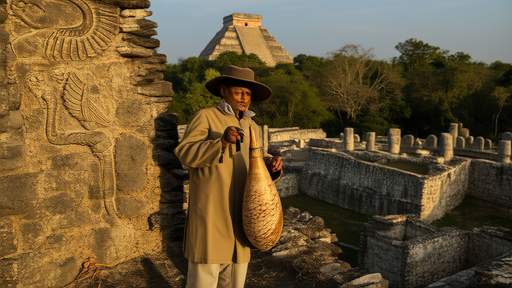
By /Jun 6, 2025
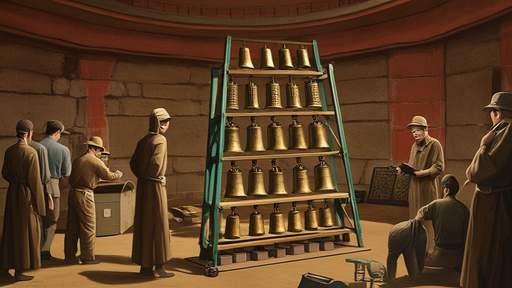
By /Jun 6, 2025
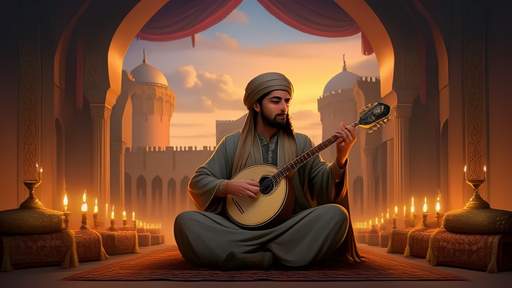
By /Jun 6, 2025
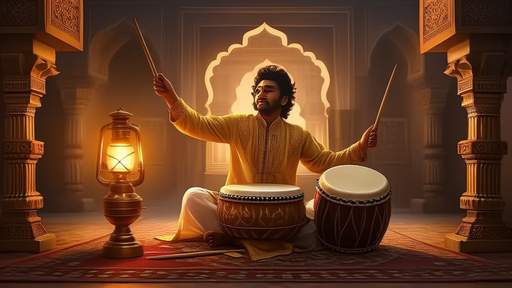
By /Jun 6, 2025
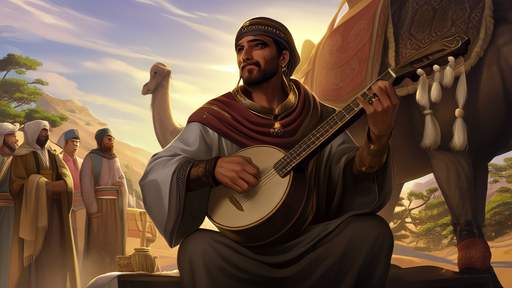
By /Jun 6, 2025
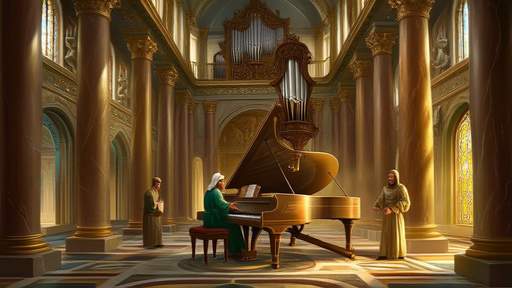
By /Jun 6, 2025
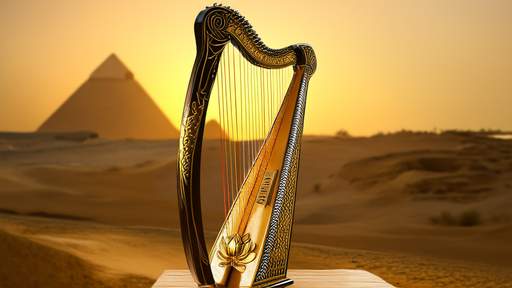
By /Jun 6, 2025

By /Jun 6, 2025
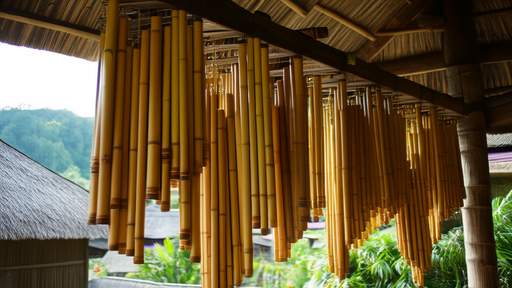
By /Jun 6, 2025
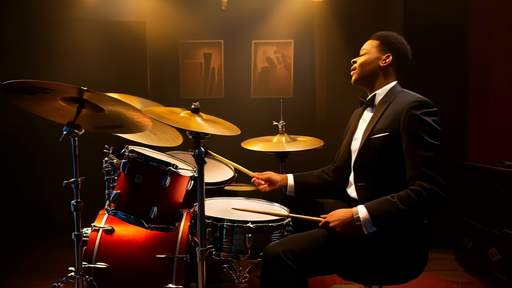
By /Jun 6, 2025

By /Jun 6, 2025
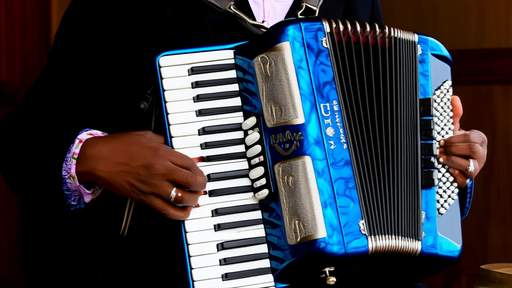
By /Jun 6, 2025

By /Jun 6, 2025
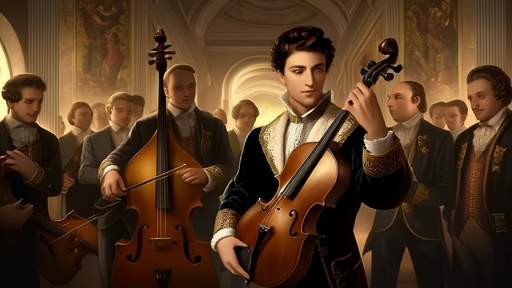
By /Jun 6, 2025
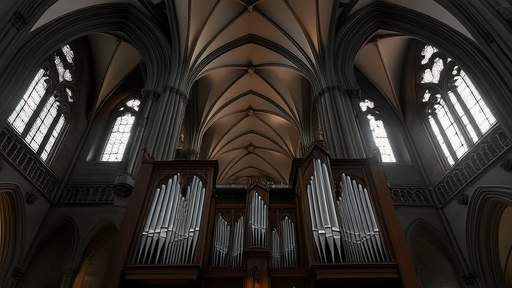
By /Jun 6, 2025

By /Jun 6, 2025